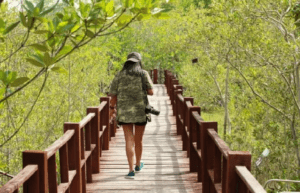
I. Introduction
Do you want to experience something different? Everyone likes to leave the house. Though Covid has reduced our ability to travel, it hasn’t stopped our desire to travel. How can you make sure you are safeguarding the environment and not contributing to the high levels of garbage?
Having an ecotourist mindset and traveling responsibly is a fantastic option for both you and the environment, but how can we travel to various locations while still trying to minimize our environmental impact?
In today’s world, where ecotourism, sustainable travel, and responsible travel are essential, understanding the distinctions between ecotourists and travelers is crucial.
In the present article, “How to Be an Ecotourist“, the necessary instructions and pointers are given that will turn you into an ecotourist and set out on a journey that combines a love of travel and environmental awareness in 2024.
II. Ecotourism
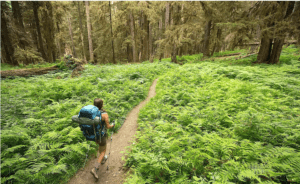
Ecotourism can be defined by The International Ecotourism Society (TIES) as “responsible travel to natural areas that focus on conserving the environment, sustaining the well-being of local communities, and providing education and interpretation for visitors.”
Survival of biodiversity and the natural world depend on responsible travel and conservation. The environmental effects of traditional tourism include pollution, habitat damage, and carbon emissions.
By adopting ecotourism practices, travelers can minimize their impact and contribute to the conservation of ecosystems and local communities.
Negative impacts of Traditional tourism: an overview
Traditional tourism can have several negative impacts on the environment, including:
Carbon footprint:
Recall that purchasing from a store that sells old goods or borrowing things is a great way to reduce your environmental impact.
New things are usually made with new materials. Actually, borrowing or repurposing items can be the beginning of your ecotourism experience.
Particularly, air travel during tourism adds to greenhouse gas emissions, which cause climate change.
Habitat destruction:
Habitat fragmentation and loss can arise from the building of hotels, resorts, and related infrastructure for tourism.
Pollution:
Through garbage production, poor waste management, and overuse of resources, increased tourism can contaminate the air, water, and land.
Wildlife disturbance:
Unsustainable tourist methods have the potential to upset wildlife and natural environments, therefore influencing their behaviour and the ecology.
Cultural erosion:
Local cultures can be commercialized, customs can be lost, and travel destinations can be homogenized by mass tourism.
III. Ecotourists vs Travelers: Understanding the Difference
A. Definition of Ecotourists
Ecotourists are individuals who engage in responsible travel to natural areas, with a focus on conservation, community well-being, and environmental education.
By understanding the difference between ecotourists and travelers and adopting the characteristics of ecotourists, tourists can make a positive impact on the environment, support local communities, and contribute to the long-term sustainability of our planet.
B. Differences Between Ecotourists and Travelers
Mindset and purpose:
Ecotourists have a specific mindset and purpose centered around sustainability, conservation, and cultural respect, whereas travelers may not prioritize these aspects.
Impact and behavior:
Ecotourists actively seek to minimize their impact on the environment and engage in activities that support conservation and local communities. Travelers may not be as conscious of their environmental and social impact.
Choice of destinations and activities:
Ecotourists tend to choose destinations and activities that align with their values, such as visiting protected areas, participating in nature-based activities, and supporting eco-friendly accommodations and initiatives. Travelers may have a broader range of interests and preferences.
Cultural Immersion and Education:
Ecotourists often prioritize cultural immersion and learning about local customs, practices, and conservation efforts. Travelers may focus more on sightseeing and recreational activities.
IV. Characteristics of Ecotourists
Environmental awareness:
Ecotourists have a strong awareness of environmental issues and strive to minimize their ecological footprint during travel.
Conservation-oriented:
Ecotourists actively support conservation efforts and contribute to the preservation of natural habitats and wildlife.
Community engagement:
Ecotourists engage with local communities, respect their customs and traditions, and support local economies through responsible tourism practices.
Education and learning:
Ecotourists seek opportunities for learning and education about the natural environment, local cultures, and conservation initiatives.
Responsible behavior:
Ecotourists exhibit responsible behavior by following guidelines, practicing sustainable habits, and respecting the well-being of wildlife and ecosystems.
Advocacy and awareness:
Ecotourists promote sustainable tourism practices, raise awareness about conservation issues, and advocate for responsible travel at local, national, and international levels.
V. Tips for Becoming a True Ecotourist
Being a true ecotourist is an ongoing commitment to making sustainable choices and respecting the environment and local communities.
By following these tips, you can contribute to the conservation of natural areas and promote a more sustainable and responsible approach to travel.
1. Research and choose eco-friendly destinations:
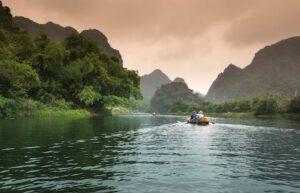
Before planning your trip, conduct thorough research to identify destinations that prioritize sustainability, conservation, and responsible tourism practices.
Look for places that have implemented measures to protect their natural and cultural heritage.
2. Support local conservation initiatives:
Contribute to organizations or projects that work towards conservation efforts in your chosen destination.
This can include donating to conservation funds, volunteering for local conservation projects, or participating in ecotourism initiatives.
3. Minimize carbon emissions:
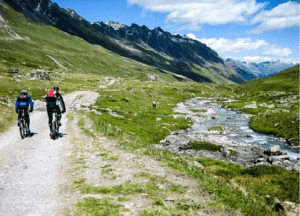
Minimum carbon emission refers to the lowest amount of carbon dioxide (CO2) and other greenhouse gases released into the atmosphere as a result of human activities or processes.
By reducing carbon emissions, we can minimize the impact of human activities on the Earth’s climate system and limit the rate of global warming.
Opt for low-carbon transportation options whenever possible.
Choose public transportation, cycling, or walking instead of private vehicles.
If flying is necessary, consider offsetting your carbon emissions by supporting carbon offset projects.
4. Pack light and responsibly:

Knowing what items to use while traveling and what things to purchase is essential for eco-tourists. Reduce the weight of your luggage to minimize fuel consumption during transportation.
Traveling begins with your luggage, and ecotourism begins with the materials used to make your luggage. As long as it isn’t combined with polyester or other plastic materials, cotton is a popular material of choice.
Pack only essential items and avoid unnecessary packaging. Also, avoid single-use plastics by bringing reusable items such as water bottles, bags, and utensils.
5. Respect local wildlife and ecosystems:
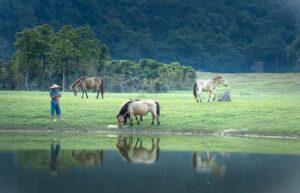
Observe wildlife from a distance and avoid activities that involve direct interaction or exploitation of animals. Choose wildlife experiences that prioritize animal welfare and conservation, such as responsible wildlife sanctuaries or guided tours led by knowledgeable naturalists.
6. Conserve water and energy:

Practice water conservation and energy-saving measures in your accommodations. Reuse towels, turn off lights and electronics when not in use, and take shorter showers to minimize water and energy consumption.
7. Choose eco-friendly accommodations:

Look for eco-lodges, guesthouses, or homestays that implement sustainable practices. These can include using renewable energy sources, conserving water, managing waste effectively, and supporting local communities.
8. Support local communities:

Engage in cultural exchanges, buy locally-made products, and support local businesses, artisans, and farmers. This helps to strengthen the local economy and preserve cultural traditions.
9. Learn about the local culture and customs:
Respect the traditions, beliefs, and practices of the local communities you visit. Familiarize yourself with any cultural sensitivities and follow appropriate etiquette.
10. Follow designated trails and paths:
When exploring natural regions, stay on set routes and paths. This minimizes disturbance of natural environments, stops habitat deterioration, and safeguards fragile ecosystems.
11. Dispose of waste properly:
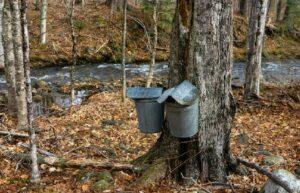
Waste should always be disposed of in approved bins or carried with you until you locate appropriate disposal facilities. Steer clear of litter and, if you can, take part in beach or trail cleanups.
12. Conserve natural resources:
Use water and electricity, like other resources, wisely. To travel ethically, cut back on overindulging and use conservation techniques wherever you go.
13. Support sustainable food choices:
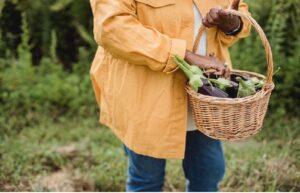
Reduce the environmental impact of your meals by selecting locally, organically, and sustainably sourced food options. As well as helping regional farmers, this lessens the carbon footprint of food transportation.
14. Learn about local conservation efforts:
For information on the local flora and fauna as well as current conservation initiatives, visit visitor centers, museums, or conservation groups. This promotes your knowledge of the surrounding environment and the initiatives being taken to preserve it.
15. Engage in nature-based activities:
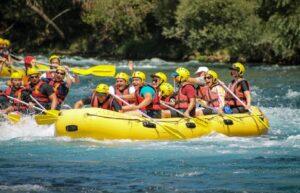
Take part in sports like kayaking, snorkeling, birdwatching, or trekking that let you to enjoy and bond with the natural world. These exercises help people to have a better knowledge and respect of the natural environment.
16. Respect cultural heritage sites:
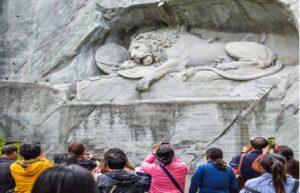
Visit cultural heritage places in accordance with the regulations to avoid harm or deterioration. Honor these places’ historical and cultural value.
17. Educate yourself and others:
Keep yourself updated about conservation initiatives and environmental problems. Continually learn about moral and responsible travel methods, and then impart your knowledge to others to advance conservation and responsible travel.
18. Choose sustainable souvenirs:
Get sustainably crafted, locally produced mementos that help regional craftspeople and don’t encourage resource exploitation. Seek out goods that support regional cultural history and customs or those produced from recycled or repurposed materials.
When watching wildlife, stay out of their habitats. Adhere to any laws or rules set up to safeguard fragile ecosystems. Leaves, rocks, and other natural features are undamaged.
19. Minimize water usage:

Traveling light, using fewer towels, and taking shorter showers will all help you save water. There are places where water might be a limited supply, so mind how much you use.
20. Support local conservation organizations:
Give to nearby conservation groups or take part in their events and activities. Important research, environmental projects, and educational initiatives can be financed in part by your donations.
21. Offset your travel emissions:
Should you have to fly or participate in other high-carbon activity, think about reducing your carbon footprint by endorsing verified carbon offset initiatives. Through their efforts, greenhouse gas emissions are decreased or atmospheric carbon dioxide is removed.
Funding projects that lower emissions elsewhere is how people or organizations offset their own carbon emissions.
These projects might consist of things like energy efficiency schemes, renewable energy projects, or reforestation. The concept is that a reduction or removal of an equivalent volume of emissions elsewhere “offsets” the carbon emissions generated by one activity.
Supporting authorised carbon offset programs helps to counteract the negative environmental effects of your travel or other high-carbon emissions activities.
Selecting reputable and trustworthy carbon offset projects that have gone through stringent certification procedures is crucial to guaranteeing their ability to lower or eliminate greenhouse gas emissions.
22. Participate in eco-friendly tours and activities:
Select tour companies and activity suppliers who give sustainability and ethical tourism first priority. To be sure your activities have as little of an environmental effect as possible, look for certifications or affiliations with reputable ecotourism associations.
23. Learn about local endangered species and conservation efforts:
Get knowledge on the endangered animals in your area and the conservation initiatives being done to save them. Go on guided tours or visit conservation facilities that emphasize promoting knowledge about and assistance with the preservation of these species.
24. Share your experiences and spread awareness:

Sharing your knowledge, anecdotes, and pictures with people after your ecotourism journey to encourage others to travel ethically. Make the value of conservation and responsible tourism known through blogs, social media, and other channels.
Travelers can improve their travels and make a good contribution to the places they visit by using these helpful suggestions.
These advice will thus enable you to be an ecotourist in a meaningful and responsible manner, regardless of your level of experience.

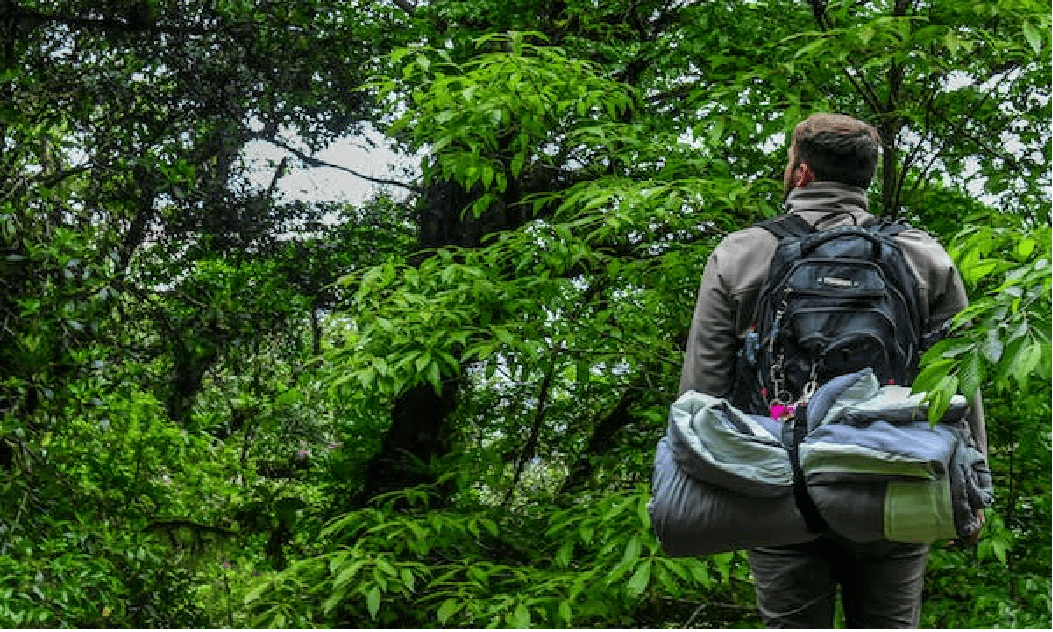


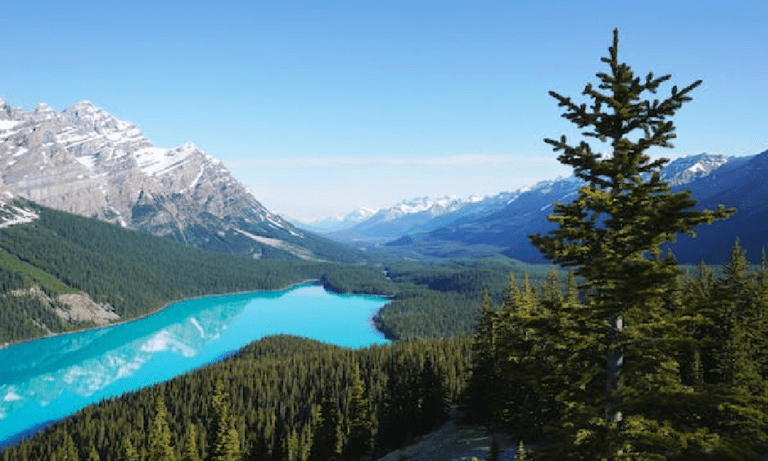
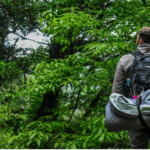



[…] It aims to conserve the environment, improve the well-being of local communities, and offer travelers unique insights and experiences. The primary objectives of ecotourism are multifaceted, […]
[…] Ecotourists aim to minimize the negative impact on fragile ecosystems and wildlife. Tour operators and travelers are encouraged to follow strict guidelines to protect the natural habitats they visit. […]